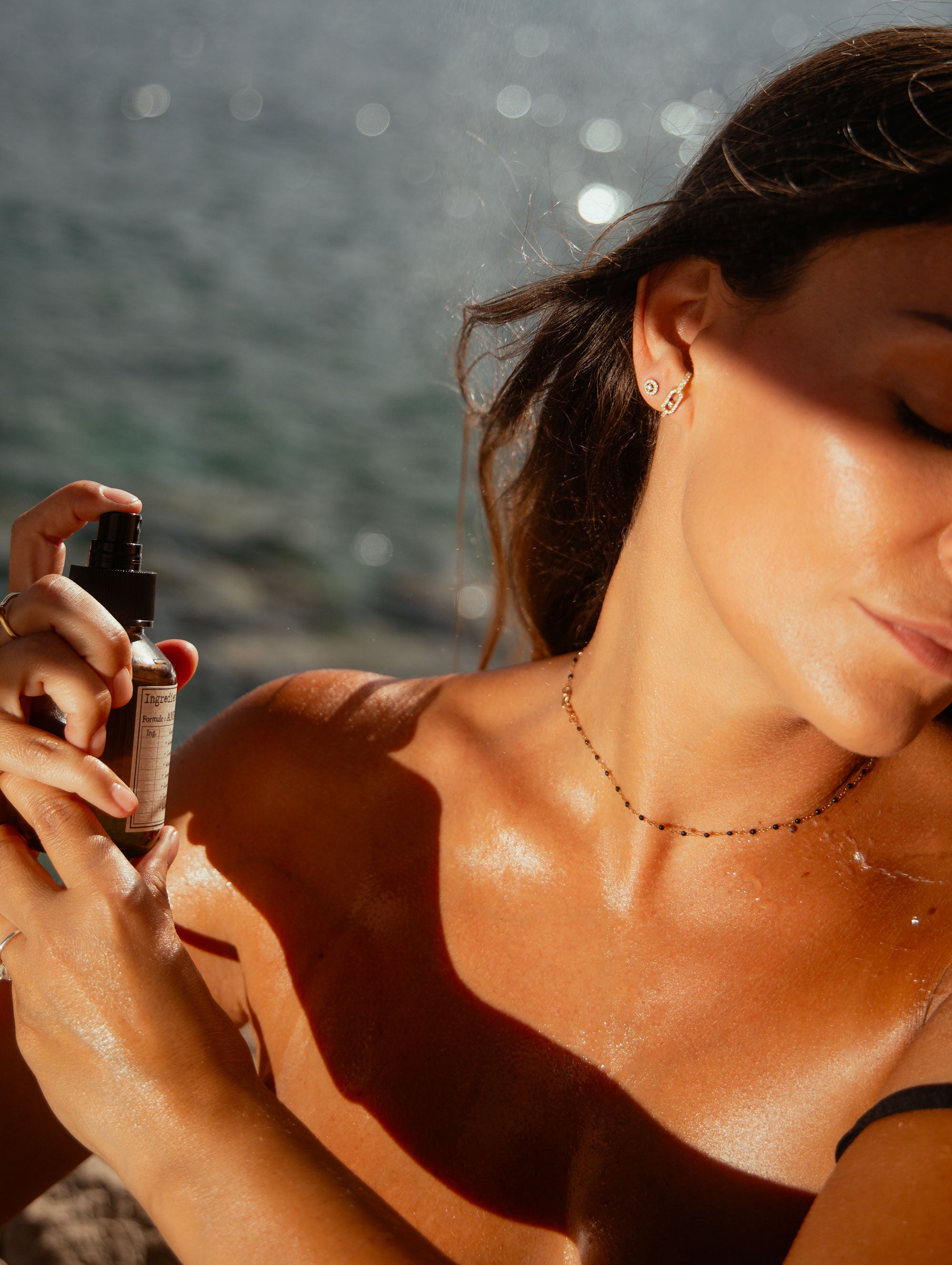
REVELATION
An opaque industry
Perfumery is one of the few industries where secrecy still reigns supreme. Behind vague terms like "perfume" or "fragrance," formulas remain hidden, concentrations imprecise, and promises often far removed from reality.
Interview
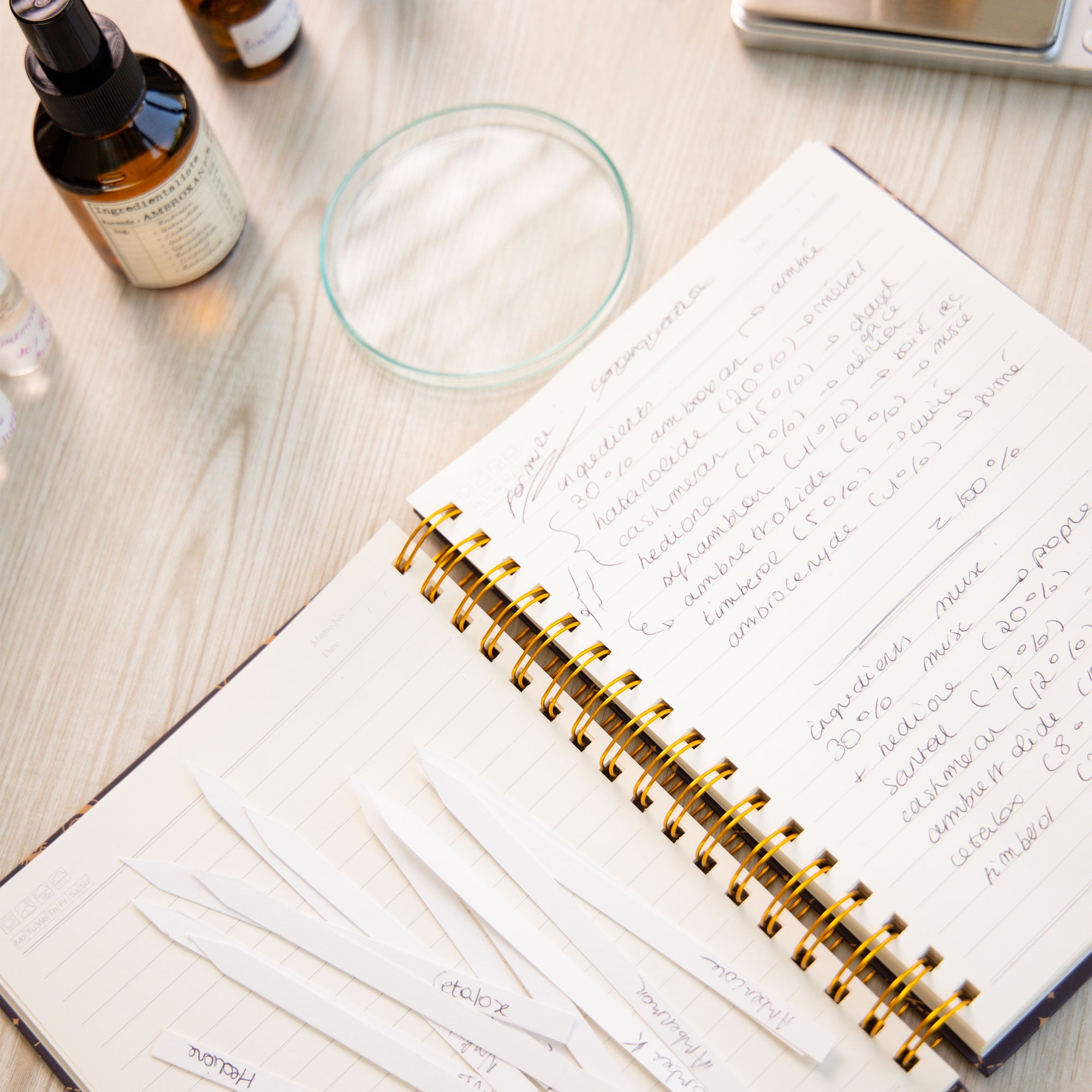
Did you know that perfumery is the only industry that does not disclose the full list of its ingredients?
Unlike food or cosmetics, there is no requirement for complete transparency for perfumes. Labeling is generally limited to three words: Alcohol, Parfum (Fragrance), and Aqua (Water). The list of allergens may be added when they exceed a certain threshold. However, behind the term "Parfum" lies a much broader composition, made up of dozens, even hundreds, of raw materials.
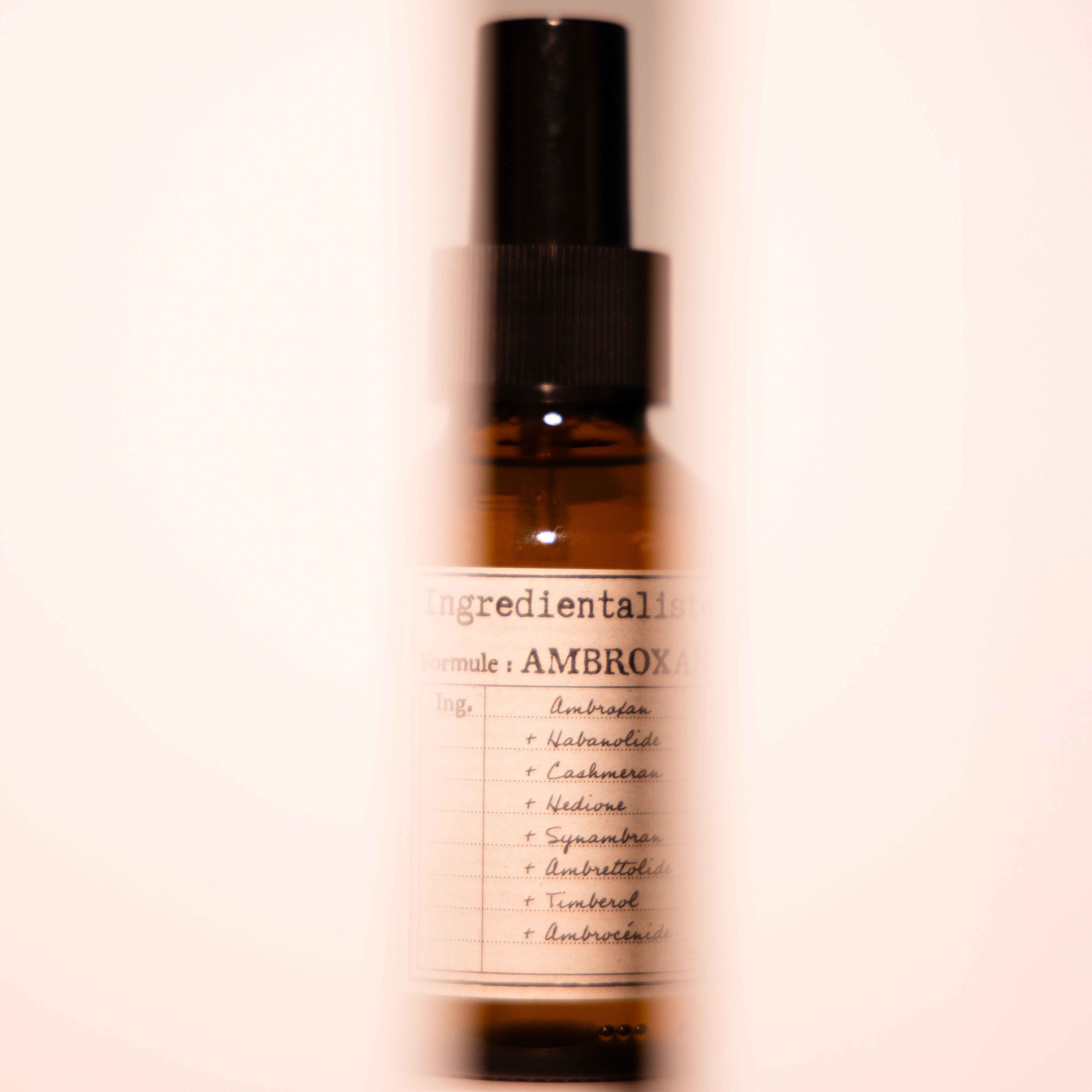
Are there any regulations on names like "eau de toilette", "eau de parfum" or "extract of perfume"?
No. These names are not governed by a strict standard, and their concentration can vary from one brand to another. Thus, an "eau de parfum" can have very different dosages depending on the brand. Generally speaking, when a perfume contains water, its olfactory concentration remains below 20%. This directly affects its intensity and longevity, without this information being clearly communicated to the consumer.

Why did this practice become established in the perfume industry?
Historically, perfume houses have chosen not to reveal their formulas in order to protect their expertise and avoid copying. This practice has continued over time, to the point of becoming an unspoken norm. Its purpose is not to deceive, but it does reduce the consumer's ability to gain a complete understanding of what they are wearing. Perfumery thus retains a degree of opacity inherited from ancient customs.
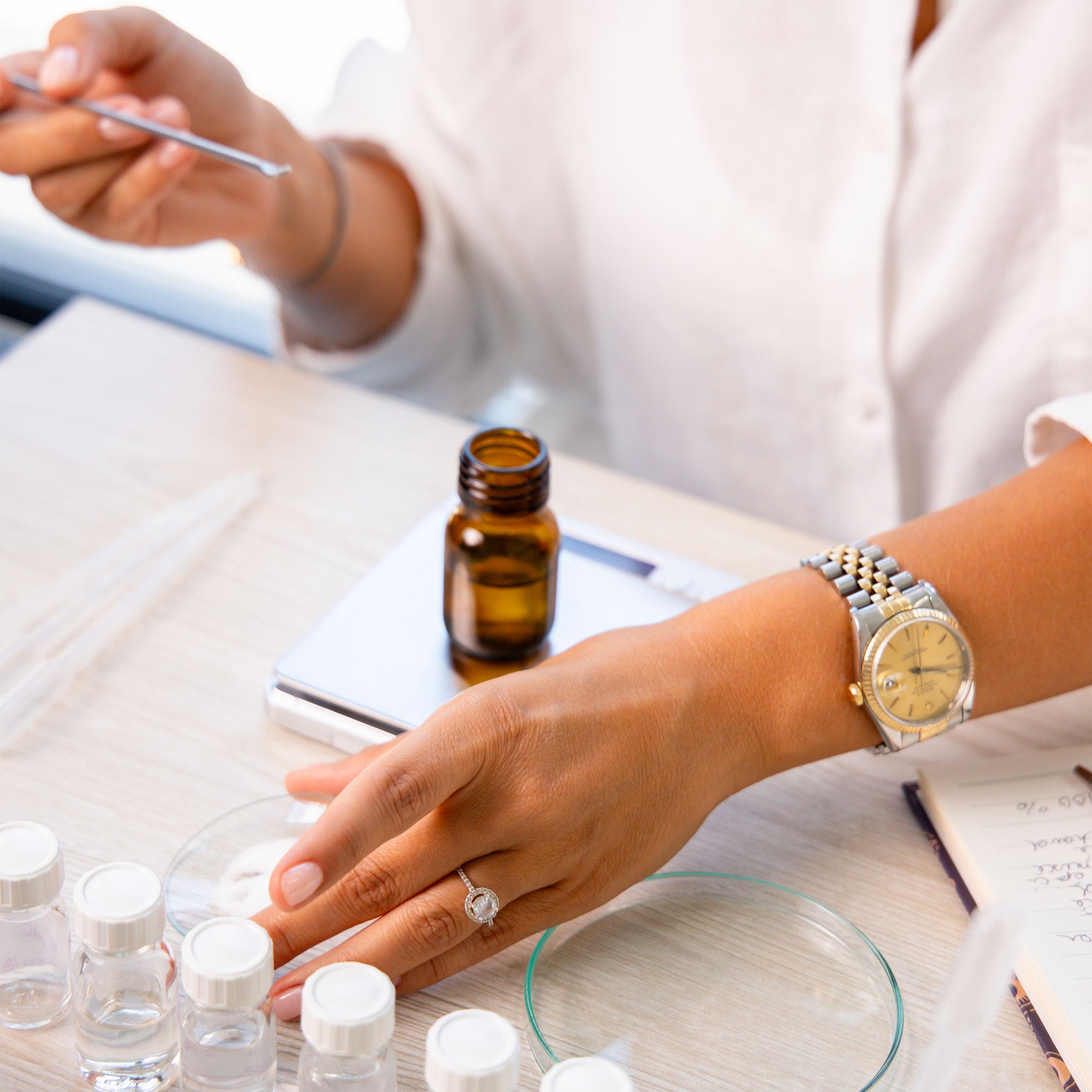
Is this secrecy still necessary today?
Scientific advances now offer highly precise means of analysis. Mass chromatography, for example, makes it possible to identify the ingredients present in a perfume, determine their proportions, and verify their quality. Secrecy therefore no longer serves the protective function it once did. Today, it is more a matter of cultural and historical use, which has simply been perpetuated within the industry.
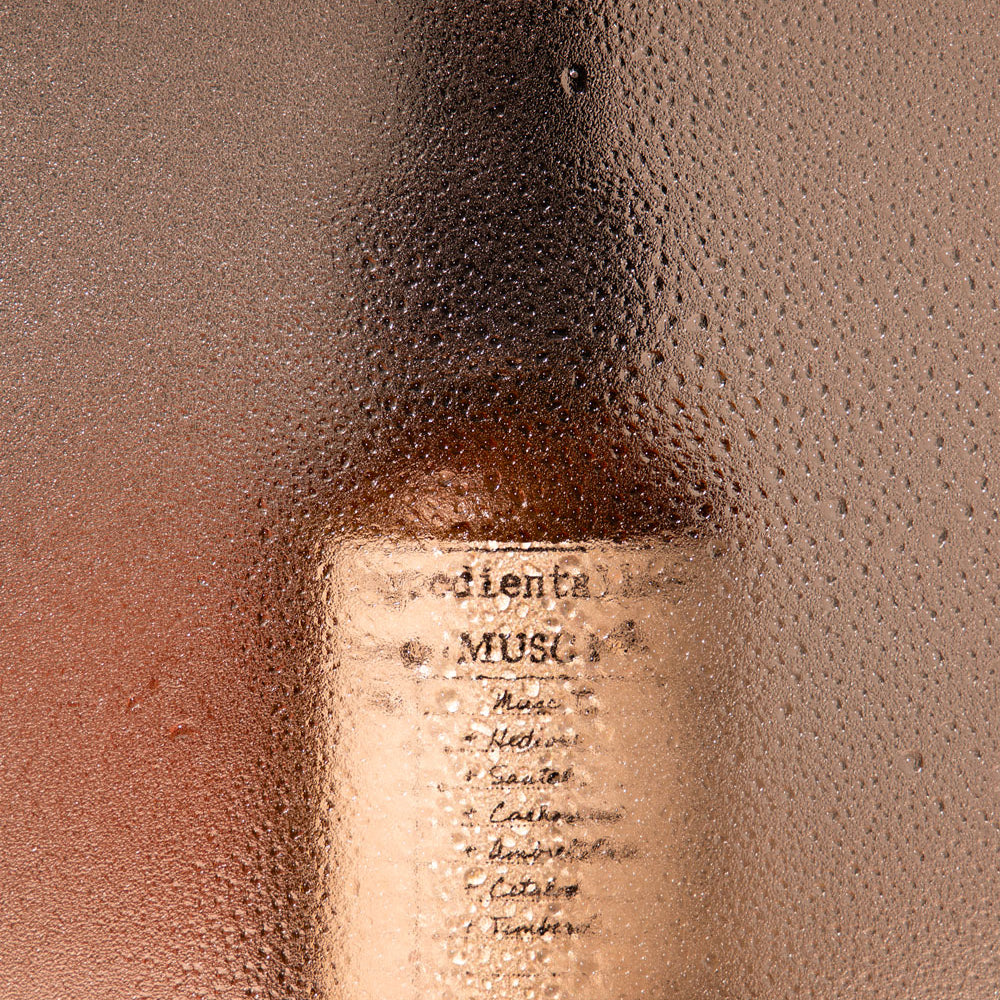
What is this technology actually used for?
Chromatography is used primarily as a control and monitoring tool. It allows the quality of raw materials to be confirmed, the accuracy of dosages to be verified, and manufacturing standards to be ensured. It thus guarantees consistency and precision, supporting the creation and production of modern perfumes.
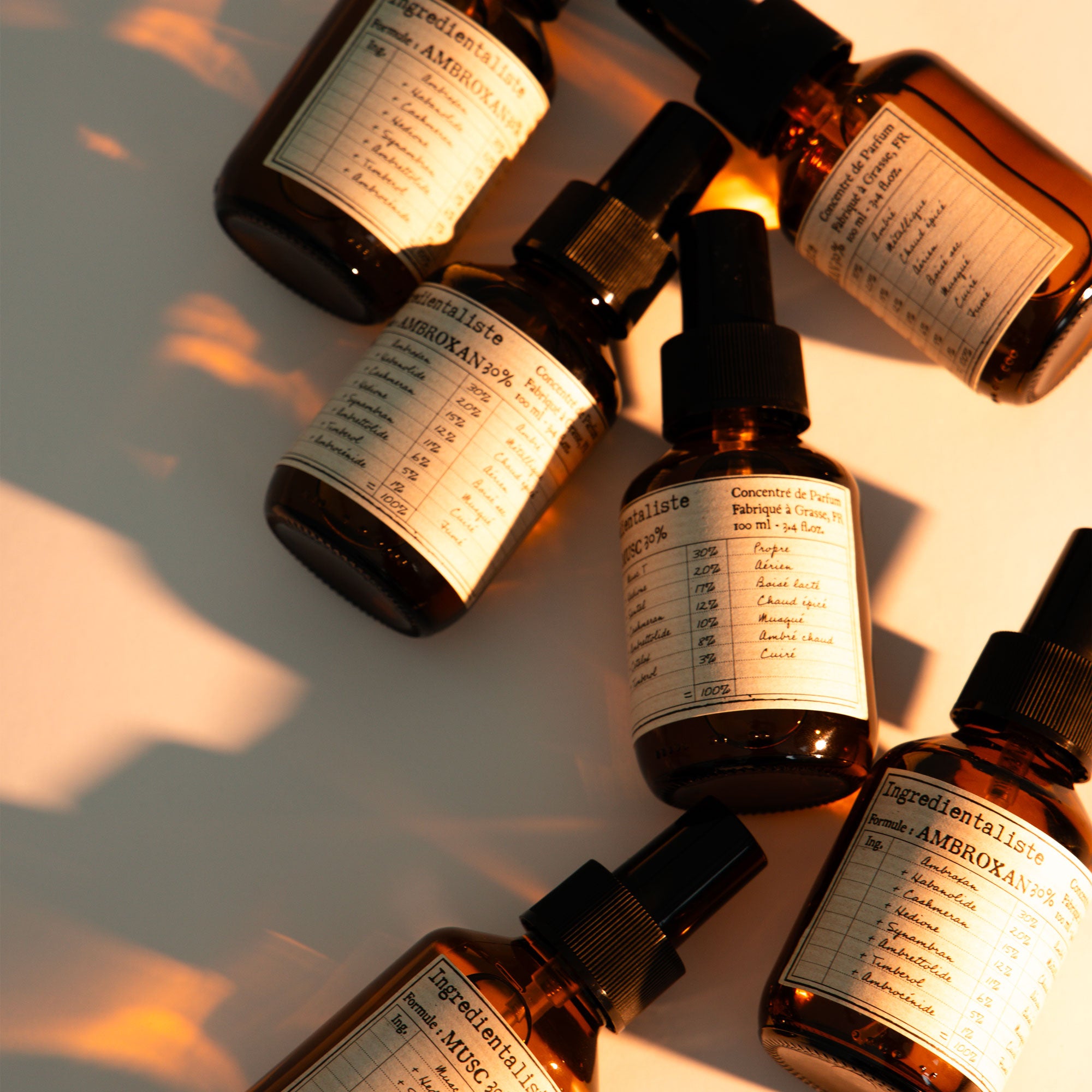
Is Ingredientaliste the only one to adopt this approach?
Yes. Ingredientaliste has chosen total transparency by revealing all of our formulas, with the exact percentages of each ingredient, including alcohol. This means we also indicate the actual concentration of the fragrance. Our INCI is limited to two words: Alcohol, Parfum. Nothing more: no water, no colorants. And we detail what “Parfum” contains. A clean and conscious approach: no allergens, no controversial ingredients, 100% vegan.
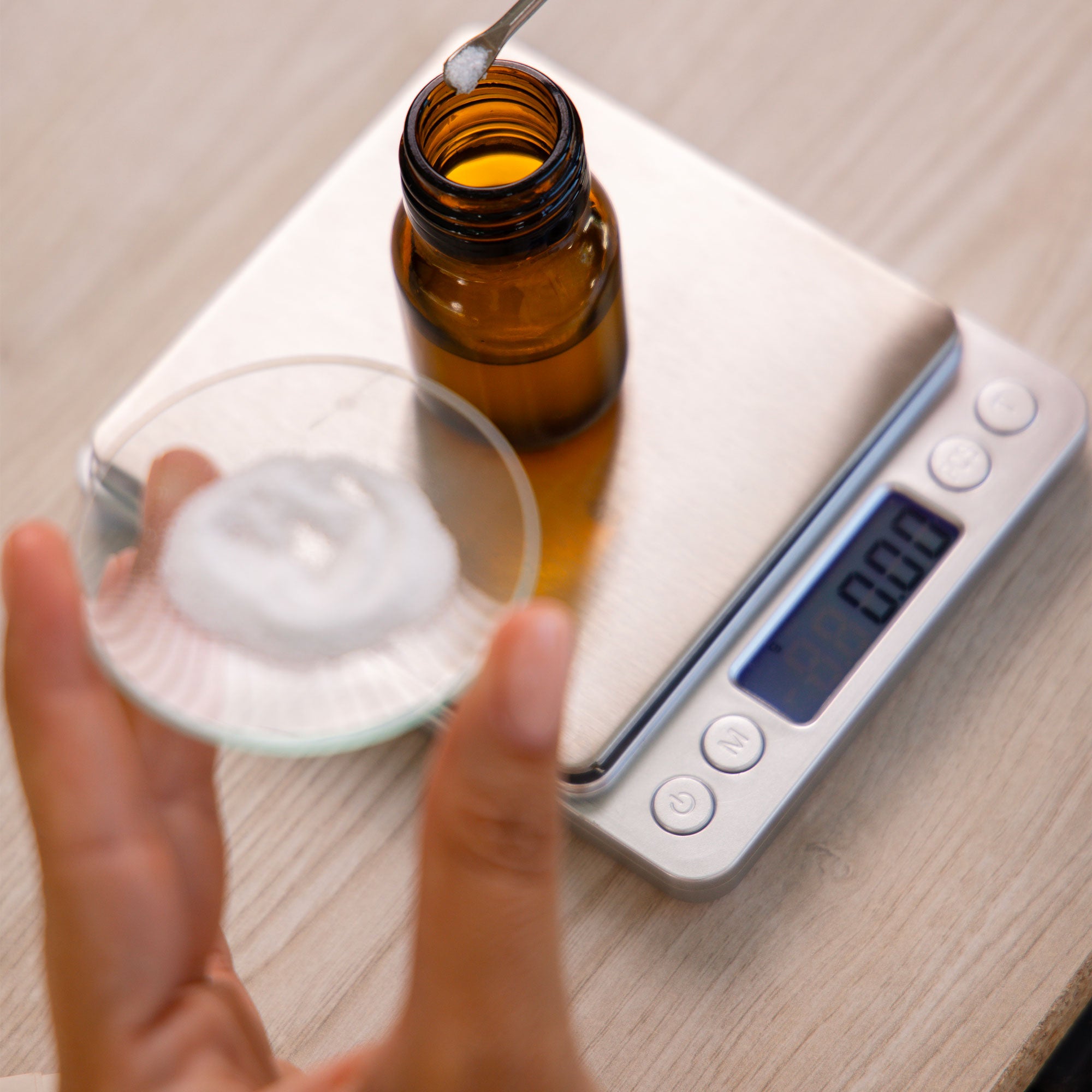
How does transparency impact the quality of perfumes?
Making a formula visible imposes a particular requirement. Each ingredient, each dosage, takes on its full importance and must be irreproachable. This leads to a rigorous selection of raw materials, a coherent construction of creations, and the voluntary exclusion of controversial raw materials. Ingredientaliste is thus part of a conscious approach, attentive as much to quality as to respect for health and the environment.
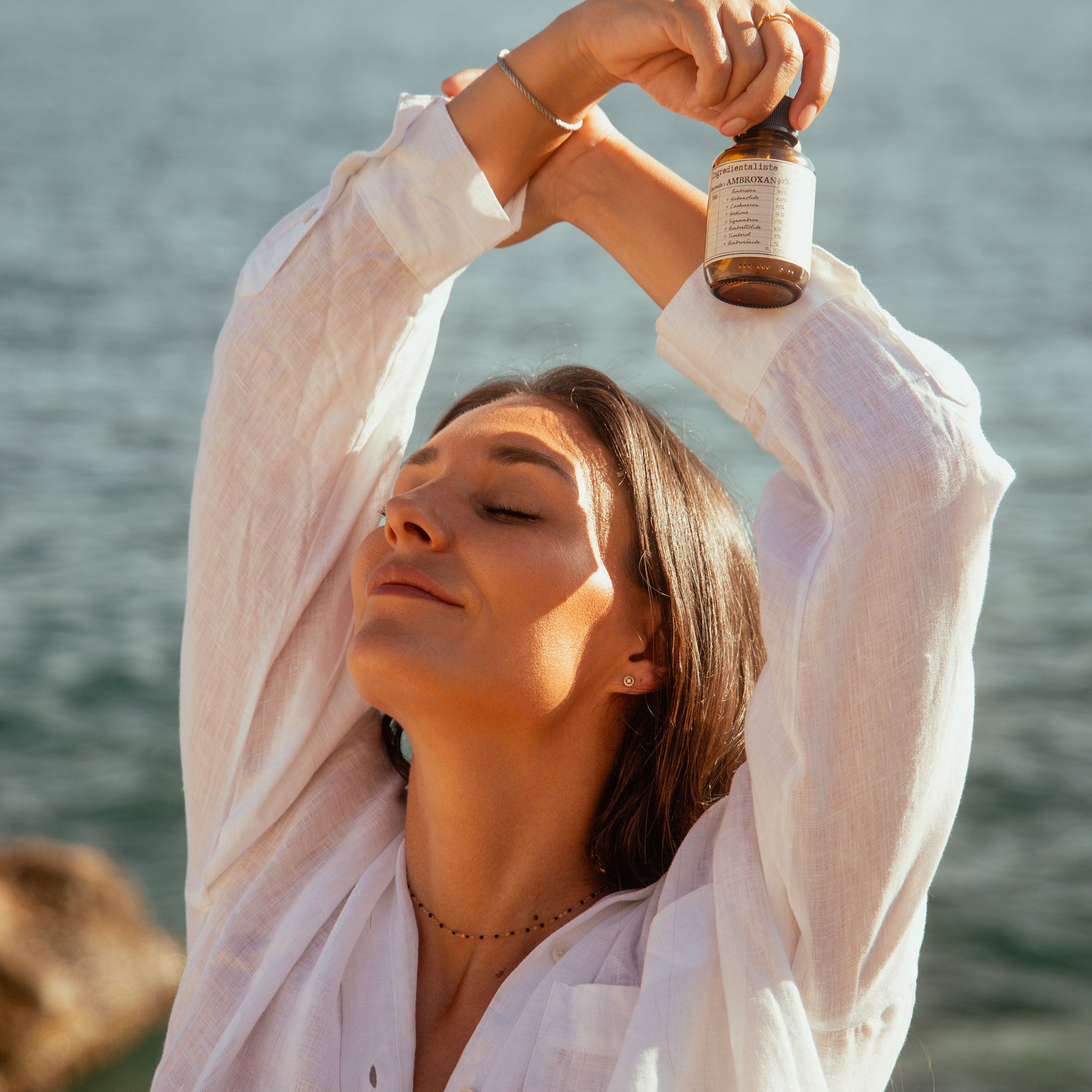
Why is this important to me as a consumer?
Because perfume is an intimate product, worn on the skin and inhaled every day. Knowing its composition allows us to understand all its dimensions: intensity, longevity, character, and evolution. It's also a way to approach perfume with greater awareness, with access to clear and comprehensive information. Consumers can thus appreciate their fragrance while considering its potential impact on their health.
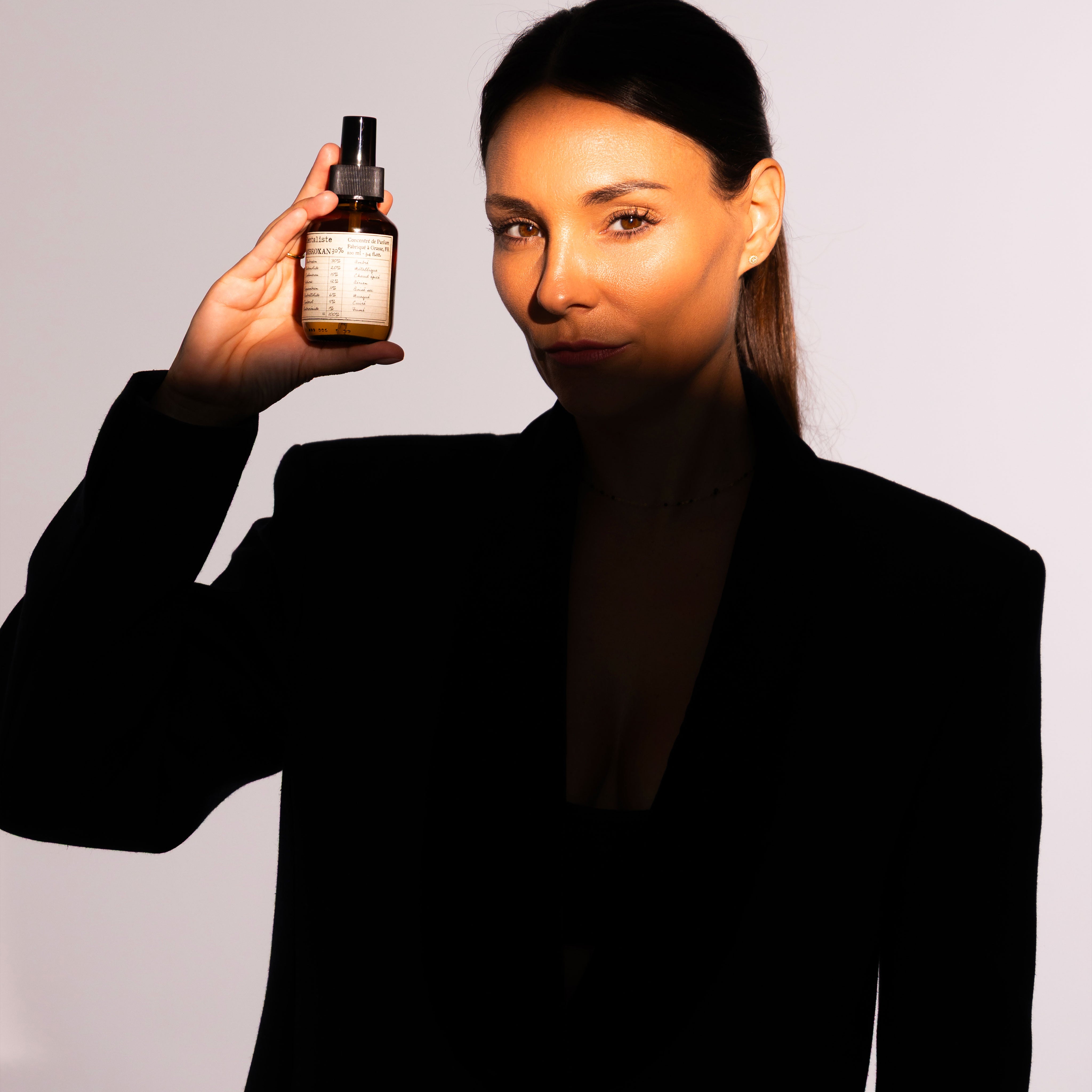
What is the ultimate goal of this approach?
The goal is simple: to put the essential back at the heart of perfume. Ingredientaliste aims to make formulas accessible and understandable, in order to offer a more open and transparent interpretation of perfumery. This approach creates a bond of trust and opens a new dialogue with the consumer, based on clarity, simplicity, and respect for their olfactory experience.
